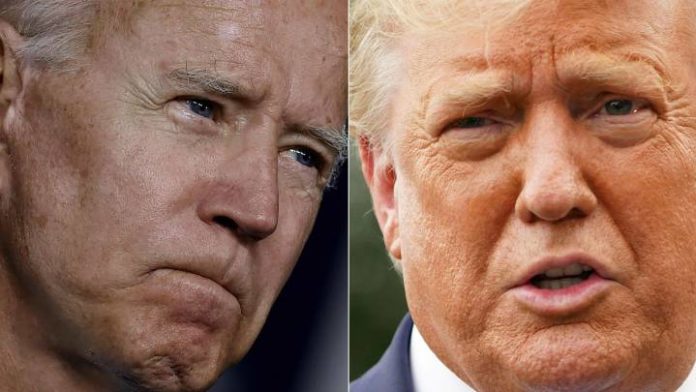The major indexes struggled to find direction Friday as traders digested the latest inflation data and fallout from the first Biden-Trump debate. By mid-afternoon, the S&P 500 clung to a meager 0.1% gain while the Nasdaq slipped 0.1% and the Dow added 0.1%.
Wall Street received its final major economic report of the first half, with the Fed’s preferred inflation gauge showing price increases at their slowest pace since March 2021. The core Personal Consumption Expenditures (PCE) index rose just 0.1% month-over-month in May, matching expectations.
“Today’s PCE print is another proof point that we’re one step closer to the Fed’s 2% target,” said Mike Loewengart, managing director at E-Trade Financial. “All eyes will be on how this plays into action taken by the Fed, if any.”
Indeed, cooling inflation strengthens the case for rate cuts later this year. But the Fed likely needs more evidence before pulling the trigger, making a July cut unlikely.
“It gives them more confidence that if they needed to they could cut rates, but I don’t think they need to,” said Wilmer Stith, bond fund manager at Wilmington Trust. “It’s too early to cut in the next couple weeks.”
Meanwhile, fallout from Thursday’s presidential debate rattled markets. President Biden’s disastrous performance spooked some investors, while boosting shares of Trump-linked companies. Trump Media & Technology Group (DJT) surged over 5% before paring gains.
Nike (NKE) shares plummeted 20% after forecasting weaker sales, while Walgreens (WBA) stabilized following Thursday’s 22% plunge. The consumer weakness adds to mounting evidence that American resilience is fading.
Bank of America warned the housing market could remain “stuck in the mud” until 2026 due to the mortgage rate lock-in effect. Homeowners with ultra-low pandemic-era rates are reluctant to move, keeping inventory tight and prices elevated.
“Home prices have already overshot their long-run fundamental value based on disposable income,” said BofA economist Michael Gapen. “The structural shift in housing demand that lifted home prices should fade over time.”
As H1 wraps up, stocks eye a stellar first-half performance. But recent volatility has stoked fears of a pullback ahead. With inflation cooling and consumers weakening, the Fed faces a delicate balancing act.
Bulls hope cooling prices will spur rate cuts and extend the rally. But bears see mounting evidence of economic cracks that could finally burst the bubble.
“We’re watching expectations vs reality with the market now well priced for reopening,” warned Morgan Stanley’s Mike Wilson. “We recommend moving up the quality curve and adding more defensive balance as the market shifts toward mid-cycle leadership.”
With election risks looming and growth slowing, investors may want to brace for a bumpy ride in H2. Today’s muted moves belie the crosscurrents swirling beneath the surface. The tug-of-war between inflation fears and rate cut hopes looks set to intensify in the coming months.








